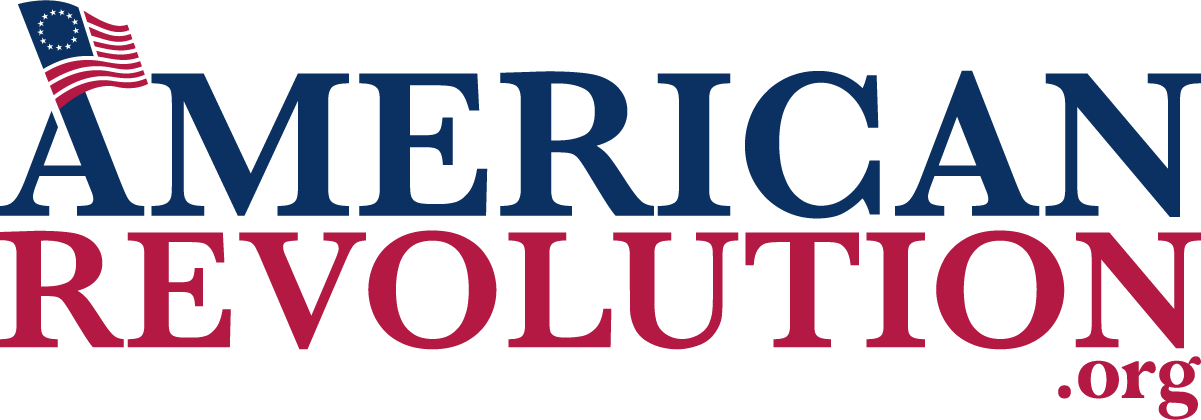Contents

Contents
Maryland Colony was founded in 1634 by English settlers supported by King Charles I, with the goal of creating a safe haven for Catholics in the New World.
History
Founding
In the early 1600s, religious violence was rife in England and Europe due to the ongoing Wars of Religion, which saw battles between Protestants and Catholics for control of territory and political power.
In England, these wars began after King Henry VIII’s 1533 withdrawal from the Roman Catholic Church, leading to more than a century of religious turmoil and violence as the country repeatedly switched between Protestantism and Catholicism, depending on the preference of the reigning monarch.
Around 1630, an English politician named George Calvert, also known as the 1st Baron Baltimore, applied to Charles I of England for permission to create a new colony in the Americas as a haven for English Catholics.
Establishing a colony would also be a profitable endeavor for Calvert and his family, if the settlement took hold. Calvert had previously tried to establish a colony named Avalon in Newfoundland, which was abandoned due to harsh weather conditions and a lackluster economy.
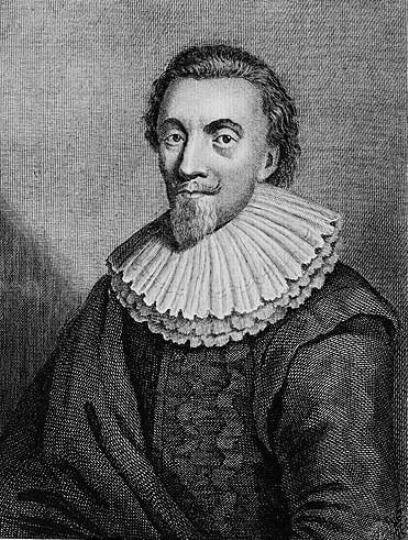
At the time, the Dutch Republic’s colony of New Netherland (covering parts of modern-day New York State, Connecticut, and New Jersey) had recently claimed the Delaware River and was engaged in a boundary dispute with Virginia, another English colony.
Since the Dutch were one of England’s main colonial rivals, Charles I likely aimed to use the Maryland settlement to secure his claim to land between New Netherland and Virginia.
Charles I eventually granted the request on June 20, 1632, by which time George Calvert had died, so the Charter was issued to his son, Cecil.

While the charter was being considered, tension arose in English political circles over the possibility of the Maryland Colony competing with the Virginia Colony, which was also established under a Royal Charter. The main objective of colonization at the time was financial gain, and being well-established already, Virginia was incredibly profitable thanks to the booming Atlantic tobacco trade.
Those in England with financial interests in Virginia were concerned that a new colony on neighboring land would reduce their profits and limit their ability to expand.
Cecil Calvert therefore decided to stay in England and fight politically for his colony and Royal Charter. In his place, he sent his younger brother, Leonard, on the first expedition to what would become the Province of Maryland.
First settlement
Leaving England’s Isle of Wight on 22 November 1633 were some 17 men and their wives, along with 200 other passengers, aboard the ships Ark and Dove.
The settlers landed on 25 March 1634 on St. Clement’s Island on the Potomac River, before establishing the first settlement in St. Mary’s City. Here, Calvert traded cloth, hatchets, and hoes with the local Yaocomico Native Americans in exchange for the right to use their land.
St. Mary’s City was conveniently placed in an inlet near the mouth of the Potomac River. This location provided easy access to Atlantic shipping routes via Chesapeake Bay, while offering shelter against possible attack.
The settlers quickly developed subsistence farming and trading posts on the shores of the Chesapeake, enabling the colony to sustain itself.
Initial government
The 2nd Baron Baltimore’s charter granted him the land as a proprietary colony, meaning he could select the Governor and rule the colony. His choice for first Governor was Leonard Calvert.
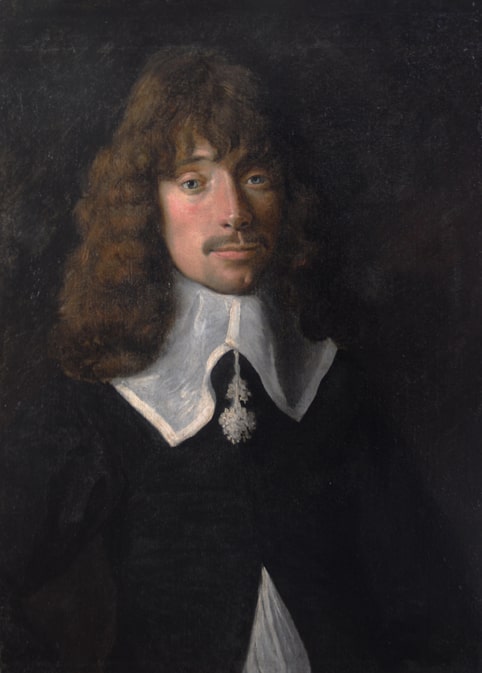
Under the powers of the Charter, Leonard had almost absolute power in the Colony. His leadership met resistance early on, leading him to summon a Colonial Assembly in 1635, which began to act similarly to the English Parliament.
This assembly was made up of elected residents of the colony (normally wealthy male landowners) and passed laws through a semi-democratic process.
Native American relations
While the initial settlement was peaceful, and relations with the Yaocomico people were positive, later interactions with different Native American groups soon became violent.
In 1641, the Susquehannock people of the Susquehanna River valley raided a Jesuit mission in Maryland, leading the Governor to declare the tribe enemies of the province. In 1643, the Maryland colonists unsuccessfully attacked the Susquehanna, leading to English casualties and some equipment losses.
Susquehannock raids continued until 1652, when they were attacked by the Haudenosaunee. This caused the Susquehannock to ally with Maryland and re-establish trade in order to protect themselves, though the alliance would not last for long.
Further action, including a joint expedition against the Susquehannock by Maryland and Virginia in 1675, led them to flee to Virginia, where they were persecuted by a voluntary expedition under Nathaniel Bacon. Many traveled north and sheltered with the Lenape, while others left for the Susquehanna River and eventually merged with the Haudenosaunee.
Religion
Although the colony was settled as a haven for Catholics, it stood more generally for freedom of religion, passing the first law mandating religious tolerance in the Thirteen Colonies. In fact, many of Maryland’s first settlers were Protestants.
However, religious and political changes in England throughout the 17th century often led to conflict in the colony.
Plundering Time
William Claiborne, a Virginian trader, was given the right to establish a trading post on Kent Island in the Chesapeake Bay in 1631 by Charles I. This conflicted with the 1632 Charter granted to the 1st Baron Baltimore, leading to a prolonged boundary dispute which ended in 1638 with Leonard Calvert seizing the outpost.
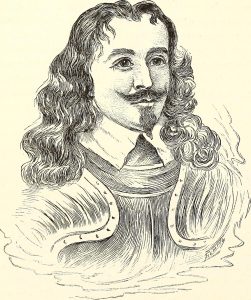
In 1644, against the backdrop of the English Civil War (between King Charles I and the English Parliament), Claiborne led an uprising of Maryland’s Protestant population to reclaim Kent Island.
At the same time, and with government forces distracted, a privateer (essentially a pirate, someone who raids ships or businesses for monetary gain) named Richard Ingle seized St. Mary’s City, taking control of the colony, and forcing Calvert to flee to Virginia. Claiborne then declared himself loyal to the English Parliament.
From 1644, Protestants ransacked Catholic sites throughout the Maryland Colony in a period now known as the “Plundering Time.” Calvert brought an end to this in late 1646 by returning with a stronger force and resuming his rule.
Maryland Toleration Act
In 1649, the Colonial Assembly passed the Act Concerning Religion (also known as the Maryland Toleration Act), which provided for freedom of religion within Trinitarian Christianity, to allow Catholics and Protestants to coexist. This is noteworthy for being the first law in the Thirteen Colonies that mandated religious tolerance.
This doctrine was quickly tested by Puritans, who founded Providence (modern-day Annapolis) in Maryland in 1649 after fleeing Virginia. With the Third English Civil War raging, these Puritans overthrew the Maryland government in 1654 and prohibited Catholicism.
This led to mobs burning Catholic churches in Southern Maryland, before the Calverts returned in 1658 and re-enacted the Toleration Act.
1689 Protestant overthrow
In 1689, Protestants led by Colonel John Coode overthrew the Maryland Government over concerns of preferential treatment of Catholics and fears of a Catholic plot to take over the colony. Coode’s new Government outlawed Catholicism, forcing Catholics to worship in secret.
This revolt mirrored conditions in England at the time, where the 1688 Glorious Revolution placed Dutch invader William of Orange on the throne of England, Scotland, and Ireland with the royal title of William III. This cemented Protestantism as the primary religion in England for the time being.
The Calverts’ Royal Charter was withdrawn in 1689, meaning the Colony reverted to being controlled directly by the English Crown. In 1692, William III installed Sir Lionel Copley as the first Royal Governor of Maryland.
In 1702, the Church of England (an Anglican Protestant denomination) became the official religion of Maryland, and in 1704, Catholics were prohibited from holding public office.
In 1713, Benedict Calvert, 4th Baron Baltimore, renounced Catholicism and converted to Anglicanism in order to gain favor with the British Crown, and try to regain control of Maryland. Eventually, the family’s proprietorship was restored in 1715 by King George I, with John Hart as governor.
The change in leadership did not result in a reversion to religious tolerance – the colony would remain Protestant until after the American Revolution.
Economy
Maryland Colony was well-placed to access Atlantic shipping routes and offered fertile soil, making it a relatively wealthy colony once its economy became established.
After the initial settlement developed subsistence farming to maintain itself, Maryland farmers began producing tobacco for sale to Europe. This quickly made the colony profitable, with warehouses built along the Chesapeake Bay. To avoid the need to build harbors, these warehouses had wharves to allow direct loading onto ships for transport to Europe.
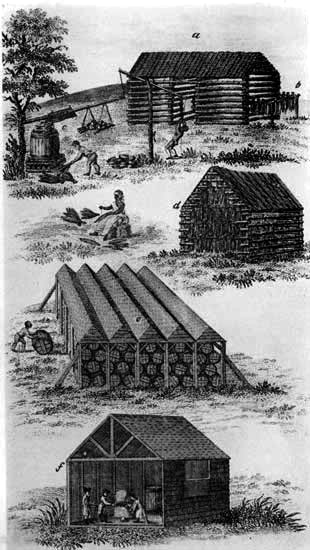
Tobacco farming was labor-intensive, relying initially on indentured servants who were required to work in the colony for a time in exchange for their passage to America.
Around 1639, African slaves were brought to Maryland to work the farms, and by the 18th century, Maryland had become a plantation colony.
Landowners were often incredibly wealthy, with large, well-furnished houses on acres of plantation worked by black slaves. By 1755, 40% of the population of Maryland was black.
After the price of tobacco fell in the mid-18th century, plantations in Northern and Central Maryland shifted their focus to wheat cultivation.
Facts
- The population of Maryland was estimated at 583 in 1640, 91,113 in 1730, and 202,599 in 1770.
- The Mason-Dixon Line, which now separates Pennsylvania, West Virginia, Maryland, and Delaware, was drawn by surveyors Charles Mason and Jeremiah Dixon in 1767. They were hired by the Calverts and Penns to settle a boundary dispute between their respective colonies, which arose from overlap between the Royal Grants given to Penn and Calvert.
- Maryland is often known as the “Old Line State” because of how impressed General George Washington was with the reliability of Maryland troops serving in the Continental Army during the Revolutionary War.
- Maryland was named after Queen Henrietta Maria, wife of King Charles I.
